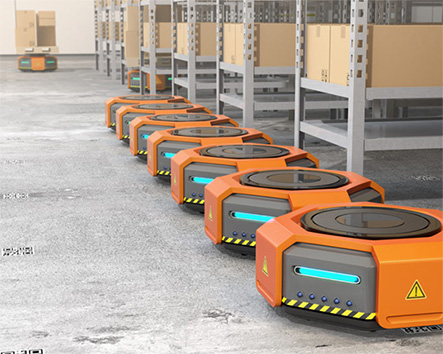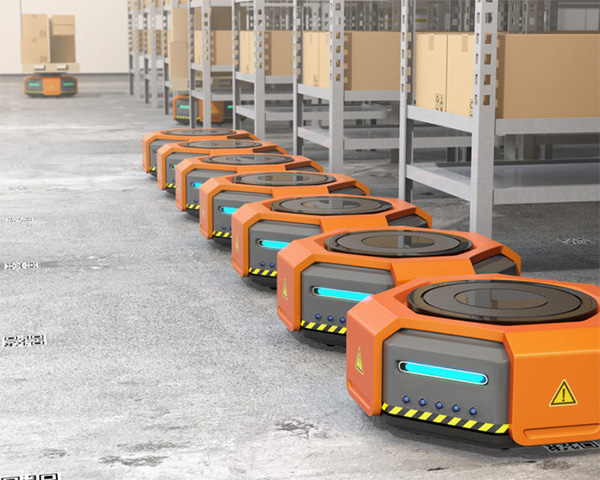Automation in a 3PL Warehouse

Automation is revolutionizing the way we manage warehouses, and 3PL warehouse management companies are leading the way. With the rise of e-commerce and the need for faster order fulfillment, automation is becoming increasingly necessary to stay competitive. In this blog, we will explore the benefits and challenges of implementing automation in the warehouse from the perspective of a 3PL warehouse management company.

Benefits of Automation
Improved Efficiency and Productivity
One of the main advantages of automation is its ability to improve warehouse efficiency and productivity. Automated systems can perform tasks faster and more accurately than human workers, leading to faster turnaround times and higher output. This not only increases profitability but also allows warehouse managers to handle higher volumes of orders without needing to hire additional workers.
Enhanced Inventory Management
Automation can also improve inventory management by providing real-time data on inventory levels and locations. This data can be used to optimize inventory storage, reduce excess inventory, and prevent stockouts. Automated inventory tracking systems also reduce the risk of human error, which can result in incorrect inventory levels and misplacements.
Increased Safety
Warehouse automation can also improve worker safety by reducing the need for manual labor and hazardous tasks. Automated systems can handle heavy lifting and repetitive tasks, reducing the risk of musculoskeletal injuries. Additionally, automated systems can detect and prevent safety hazards, such as collisions and falls, before they occur.
Challenges of Automation
High Upfront Costs
The initial cost of implementing automation in the warehouse can be high, particularly for smaller 3PL warehouse management companies. This includes the cost of purchasing and installing equipment, as well as training staff to use the new systems. However, the long-term benefits of automation can outweigh these costs, particularly in terms of increased efficiency and productivity.
Maintenance and Repair
Automated systems require regular maintenance and repairs to ensure they are functioning correctly. This can be time-consuming and costly, particularly if specialized technicians are required. Additionally, downtime during maintenance and repairs can impact warehouse operations and order fulfillment.
Integration with Existing Systems
Integrating automated systems with existing warehouse management software and hardware can be a challenge. This requires careful planning and coordination to ensure that all systems work seamlessly together. Failure to do so can result in inefficiencies and errors, reducing the benefits of automation.
In summary, despite the challenges of implementing automation in the warehouse, the benefits are clear. Improved efficiency and productivity, enhanced inventory management, and increased safety are just a few of the advantages of automation. For 3PL warehouse management companies, automation is becoming increasingly necessary to stay competitive in the fast-paced world of e-commerce. By carefully planning and coordinating the implementation of automated systems, warehouse managers can reap the benefits of automation while minimizing the challenges.
If you are considering adding automation to your 3PL warehouse, contact us at support@3plsoftware.com.
